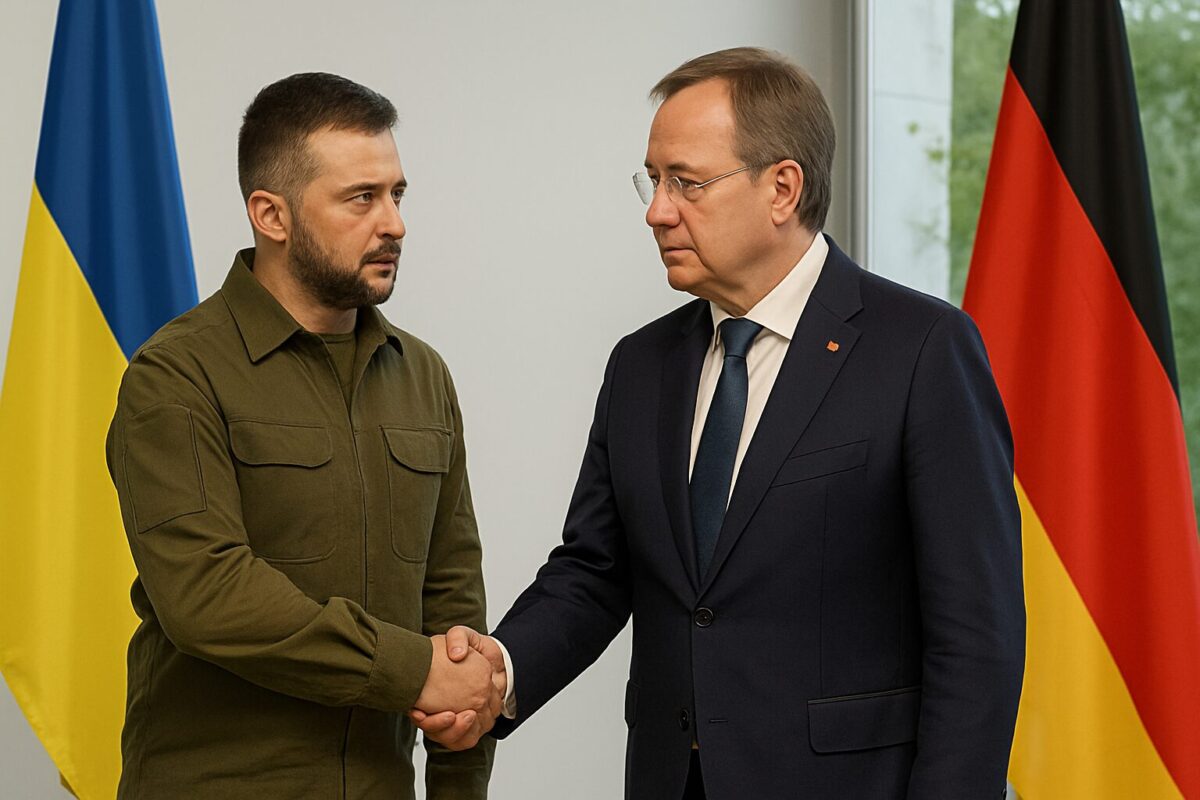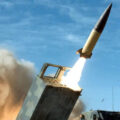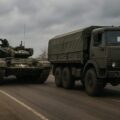
Germany Allows Ukraine to Strike Russia: What Changed After Zelensky’s Visit
On May 28, 2025, Germany stopped being a cautious ally and became an open player. Not in words, but in decisions that redefine the architecture of the war.
Zelensky in Berlin: More Than a Visit, a Signal
Ukrainian President Volodymyr Zelensky visited Berlin for high-level talks with German Chancellor Friedrich Merz. The meeting resulted in a €5 billion defense support package for Ukraine in 2025 — but the true significance lies in what that support entails.
- Germany officially lifted restrictions on using German weapons against targets inside Russia.
- The two sides discussed expanding military cooperation, including plans for local production in Ukraine.
- According to Bild, Germany is prepared to fund Ukrainian long-range weapons development, including a new missile with a potential range of up to 2,500 km.
The Taurus Decision: A Turning Point
Berlin’s decision to allow Ukraine to use German-supplied weapons, including Taurus cruise missiles, against Russian territory is a strategic shift. Previously, such action was publicly blocked by former Chancellor Olaf Scholz.
Key developments:
- Ukraine may now target military sites within Russia using Western arms.
- Germany is considering supporting domestic Ukrainian production of long-range systems — specifically a missile based on Ukraine’s “Neptune” platform.
This signals not only greater firepower but also growing trust in Ukraine’s defense industry to handle complex, high-tech systems on its own soil.
Revelant
Moscow Responds with Threats — Not Emotion, but Fear
Shortly after the Berlin meeting, Russian media escalated their rhetoric. For the first time since 2022, threats are being directed at Germany itself, not just Ukraine.
The Kremlin’s Messaging Shift
- Kremlin-aligned commentator Margarita Simonyan claimed that officials in Moscow were “discussing potential strikes on Berlin” in response to the Taurus issue.
- The narrative: if German weapons are used against Moscow, and if they require German personnel to operate, then Germany is now a participant, not a bystander.
This is not just posturing. It reflects real fear in Moscow — of changing battlefield dynamics, of Western unity solidifying around escalation, and of Ukraine gaining long-range strike capabilities that could challenge the core of Russian military planning.
Why It Matters
- Kremlin rhetoric now includes Germany as a direct target — a major escalation in public framing.
- Germany has officially abandoned its cautious neutrality. Berlin now allows its weapons to be used for strikes inside Russia — an unthinkable move just a year ago.
- Local weapons production in Ukraine is now on the table — a sign of long-term strategic alignment between Kyiv and Berlin.
- The panic in Russian media is strategic, not emotional. The Kremlin understands that this changes the risk calculus and undermines one of its key assumptions: that the West will self-restrain.
What Comes Next?
The idea that “we must avoid provoking Russia” is no longer shaping policy.
As of May 28, the game has changed — and both sides know it.
With strikes on Russian territory now authorized by Germany, and Ukraine potentially producing missiles with 2,500 km range, the Kremlin can no longer describe this as a “special operation.”
The question is no longer whether Russia will respond.
The question is: Is the West prepared for a new kind of war — one without precedent or pre-agreed limits?















